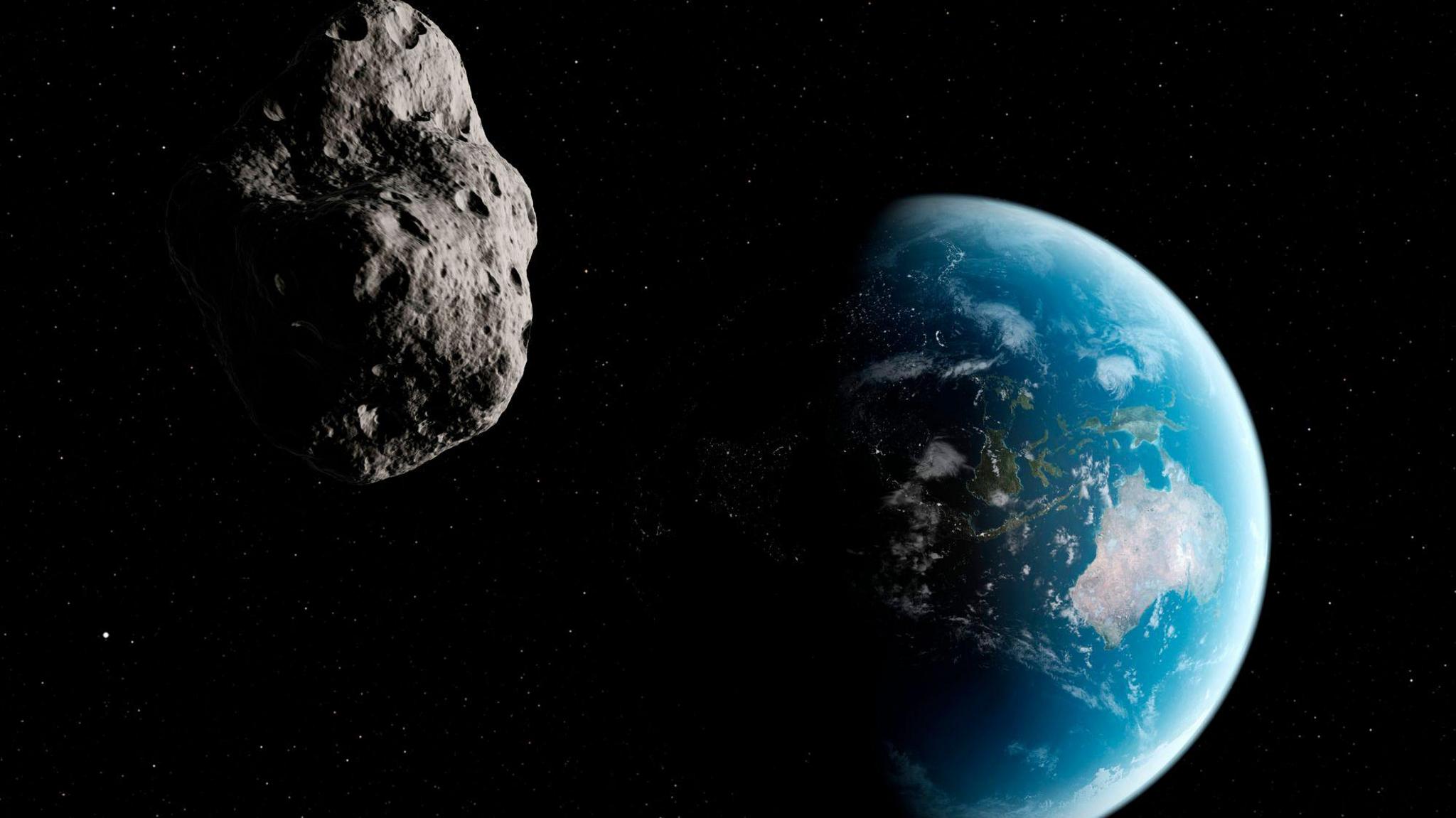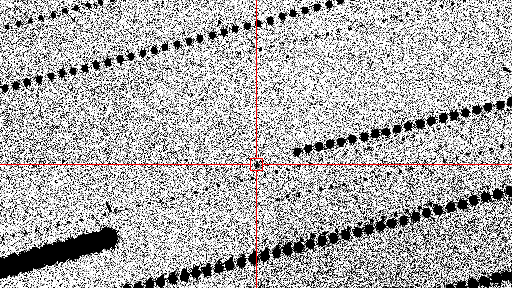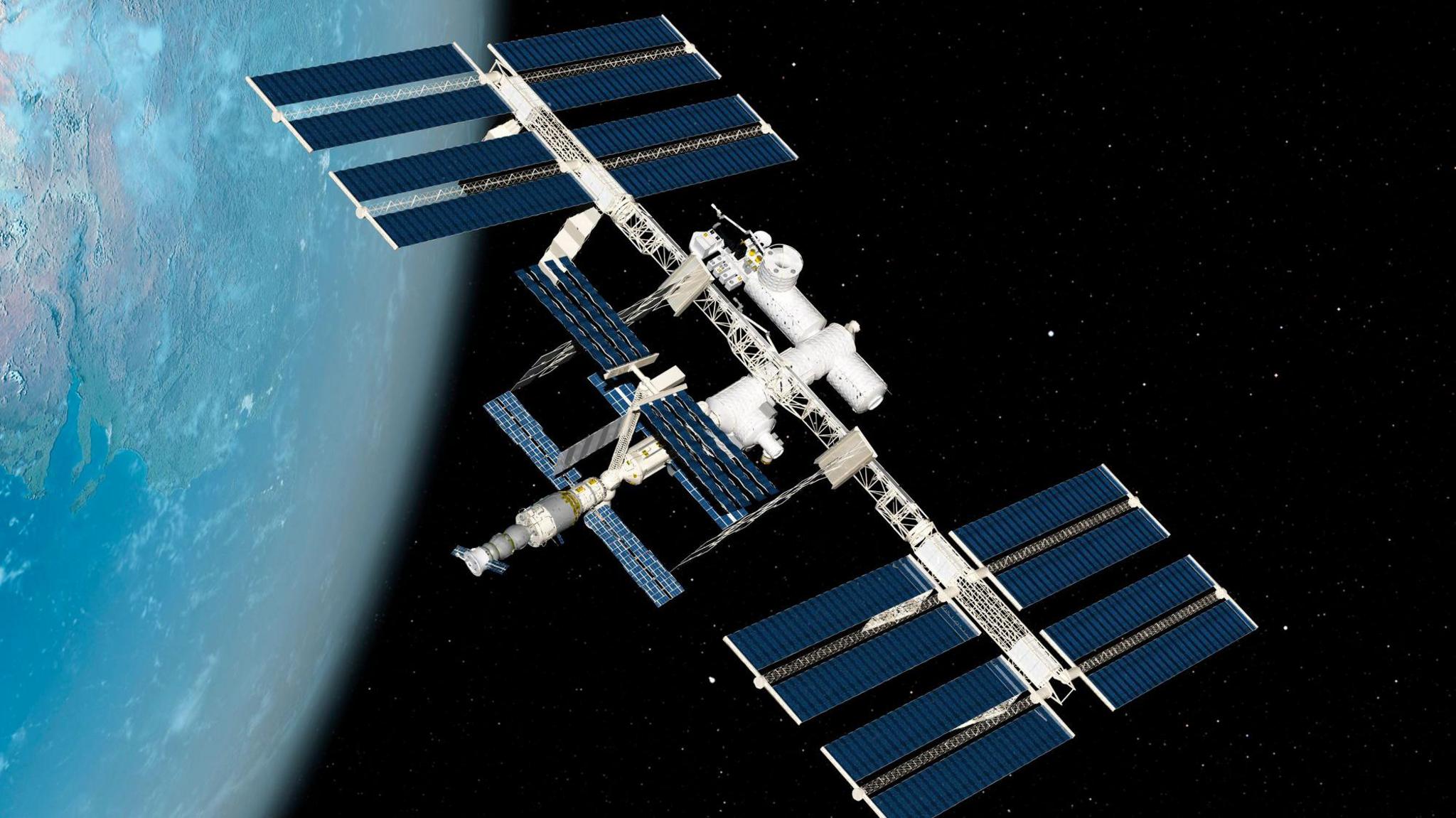Asteroid flies by Earth in one of 'closest approaches ever'

- Published
An asteroid has passed by Earth in 'one of the closest approaches ever', scientists say.
When the space chunk flew over Antarctica it was believed to be 428 kilometres (266 miles) from Earth's surface - a similar altitude to the International Space Station.
At first the space rock didn't attract much attention, but was seen by astronomers on 1 October at the Catalina Sky Survey near Tucson, Arizona.
They detected the asteroid that was eventually named 2025 TF.
- Published22 September
- Published7 October 2024
- Published17 April
After being spotted from Arizona it was then observed by astronomers at the ESA's Planetary Defence Office to check its size and path.
The asteroid is around 1 to 3 metres wide, a pretty tough ask to find in space.
"Tracking down a metre-scale object in the vast darkness of space at a time when its location is still uncertain is an impressive feat,"
"This observation helped astronomers determine the close approach distance."

Asteroids of this size don't pose a threat to Earth.
After the asteroid was spotted in Arizona astronomers at the European Space Agency's Planetary Defence Office then used the Las Cumbres Observatory telescope in Siding Spring, Australia.
They studied the asteroid to pinpoint its flight path and flyby time.
Asteroids pass by Earth relatively often, and another small asteroid with the name 2025 TQ2, passed by a day later.

Astromers say the 2025 TF asteroid was a similar distance from the Earth's surface as the International Space Station
